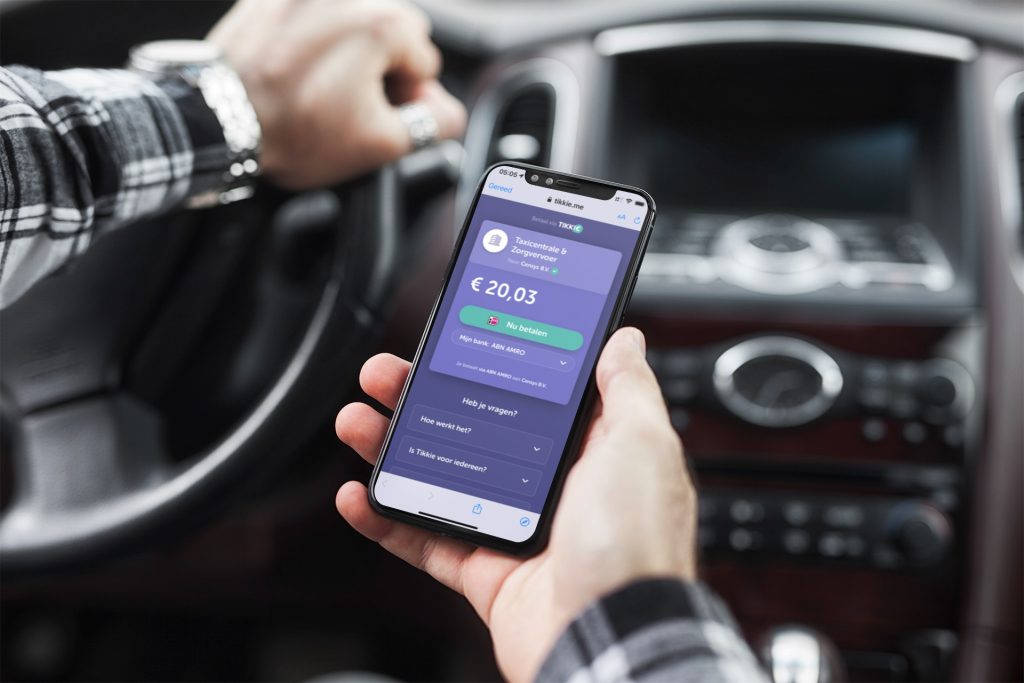BOVAG and RAI Association want the fictitious 'autonomous greening' for 2021 to be set to zero when determining the BPM purchase tax for new passenger cars. For years, the Ministry of Finance assumed that fuel cars would become a few percent more efficient every year and adjusted the BPM rates accordingly. However, this autonomous greening has not taken place, but this incorrect assumption has yielded an extra 2017 billion euros to the treasury since 1,5. Koninklijke RAI Vereniging reports this through this press release on their website.
The percentage of autonomous greening in BPM has not yet been determined for 2021. The cabinet proposes 4,2 percent, the sector sees that zero is more realistic and also insists on better agreements for the coming years. In a European context, car manufacturers must meet the target of a maximum of 2021 grams of CO95 emissions on the average of their passenger cars sold by 2. This target has already been achieved in the Netherlands. Due to the great popularity of electric cars (zero grams of CO2) and of hybrids (average 87 grams), the average CO2 emissions of all new passenger cars in our country from January to October this year are exactly 95 grams. Car manufacturers are also fully committed to electric and (plug-in) hybrids, because the technical possibilities for large CO2 gains with traditional powertrains are limited. The average emissions of new cars running on diesel and petrol have therefore hardly decreased in recent years.
Turning the knobs every year
The Dutch BPM purchase tax only applies to passenger cars that use traditional fuels; electric cars are exempt from BPM. For years, finances assumed that traditional fuel cars would 'green' around 4 percent annually, in other words, that manufacturers would introduce more efficient models to the market each year in order to achieve the European targets. To prevent tax revenues from suffering, Finance turned the knobs of BPM disks and rates every year. However, those more efficient fuel cars did not come, because the industry is fully committed to electrification. The BPM owed per fuel car sold increased steadily, while electric cars were still far from within reach of the average car buyer. In total, this incorrect assumption has yielded the treasury nearly EUR 2017 billion since XNUMX.
BPM amount doubled
The average BPM on a small car in the popular A-segment should have been less than 2019 euros in 1.300 according to the original plans of autonomous greening, the reality is that the average BPM was 2.200 euros last year. A compact car in the B segment should actually have yielded around 2.100 euros BPM last year, but that was almost double with almost 4.200 euros. For 2021, State Secretary Vijlbrief proposes, based on a report by TNO, to maintain a percentage of 4,2 percent in terms of autonomous greening, while the minister himself recently indicated that such greening has not taken place at all in recent years. That would mean that the BPM for the ten most sold fuel cars will increase by 18 to 32 percent. At the same time, Vijlbrief indicated that it wanted to review the entire BPM system in 2021, so that a clean one could start in 2022. BOVAG and RAI Association therefore argue in favor of setting the autonomous greening for 2021 to zero now and want to quickly consult with The Hague about the system for the coming years.
Also read: Entrepreneurs are satisfied with the garage formula






